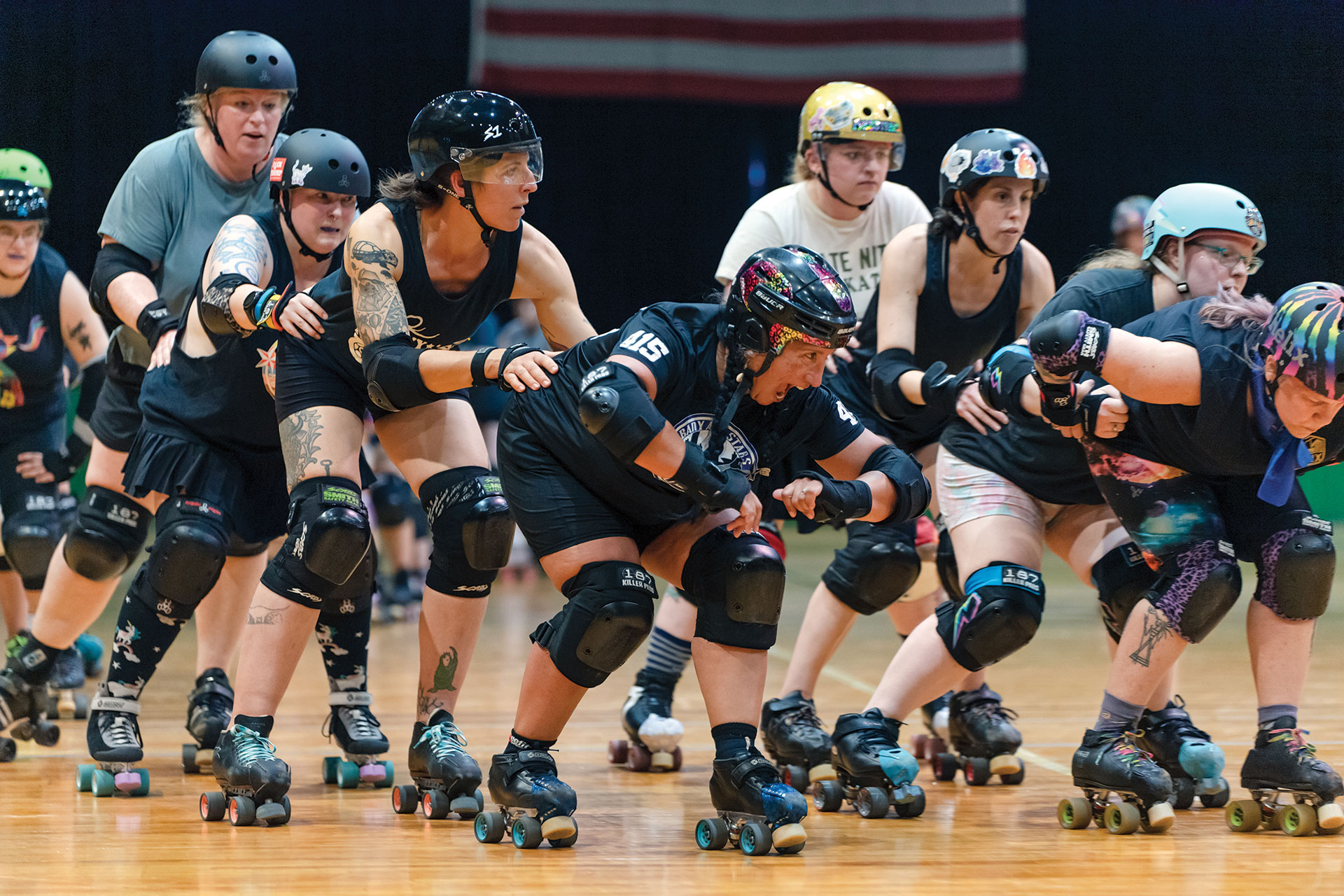For the past couple of years I have been slowly transforming a shady wooded area behind my house into a shady woodland wildflower garden. I’ve removed a couple trees and the power company removed a couple trees. So the area can now be classified as dappled shade. But because there are still a number of maple trees there, it has to be considered dry shade.
At first, I just tried to get out all of the Virginia creeper that was happily growing there by chopping with a machete and mowing. I tried to grow a couple rhododendrons and azaleas back there, but it was just too dry. This year I have decided to forgo any more expensive shrubs and focus all of my plant selections on American native perennials that will grow well in dry shade.
Just last month, I moved several large clumps of Epimedium to this area, which already has Asarum, Aquilegia and a few others. Already growing there on their own are ferns and phlox, which I have tried to salvage.
You, too, can have a shady woodland wildflower garden in a dry area if you use some of the following plants:
Aquilegia – Columbine. The native version of these common perennials are only a little more than a foot tall and they sport red and yellow flowers. If you are lucky, it will self-sow and spread across your garden, not en masse, but it will pop up all over the place. If you can’t find the natives, any columbine is a good columbine.
Asarum – Wild Ginger. Satiny, heart-shaped leaves, a low-growing habit and the ability to spread quickly make this a great woodland groundcover. Very rugged. I’ve seen these growing in the wooded areas of golf courses, so they are local. Grow for their glossy leaves since they have little or no flowering that can be seen. They are easy to divide and move around.
Geranium maculatum – This is not the red or pink geranium you see in planter boxes. This is the easy-to-grow wildflower that bears dainty pink flowers on one-to-two foot plants. It begins blooming in late spring and can continue on and off through the summer. If you can’t find the maculatum, any good perennial geranium will be nice. They spread and they are rugged.
Mertensia virginica – Virginia bluebells. This woodland wildflower bears clusters of pink buds that open into nodding, light-blue flowers. After the two-foot tall plants bloom in mid-spring, they disappear to the summer. Really one of my favorites. They self-sow with abandon if they are happy.
Dicentra – Bleeding hearts are not just for hanging baskets. These true native perennials grow about two-feet tall and bear their pinkish flowers in May and June. There is also a white flowered version of this delicate, but durable plant.
Epimedium – Another one of my favorites. Delicate pink flowers will appear in May on these very pretty plants that grow about 14-inches tall. They have heart-shaped leaves and will form a very nice ground cover in dry shady spots. There are also versions of this perennial that sport yellow flowers. Both are very nice.
Polygonatum – Solomon’s Seal. I have the variegated version of this slim, arching plant that grows about two-to-three feet tall. It blooms tiny white flowers in mid-May, but the stems and foliage stay all though the summer.
Cimicifuga racemosa – Snakeroot – Also called bugbane and black cohosh, this striking woodland wildflower ranges from four-to-seven feet tall. It sends up spikes of fluffy white flowers in August and September.
Tiarella cordifolia – Foam flower. Becoming more widely available in better garden centers, Tiarella is a low-growing plant that produces a fluffy white flower in May and can spread rapidly if it is happy.
Ferns – Don’t forget the ferns. I have many in this newly developing garden and all of them are survivors of the ferns that were already there. When I am swinging my hand-powered weed whacker, I try very hard not to cut the ferns down. They don’t produce flowers, but they do produce wonderful foliage that lasts right through the driest summer.
All of these plants can be purchased at your local neighborhood garden center. Ask the nursery staff to help you find them. They might be new to you now, and they are not as showy as a lot of perennials that bloom in sunny spots, but you will come to appreciate their charm in a dry shade area you can call your own woodland garden.
Larry Sombke is a landscape consultant, garden designer, blogger for TimesUnion.com and author of Beautiful Easy Flower Gardens. If you need help with your garden or have a question, contact him at lsombke@beautifuleasygardens.com







